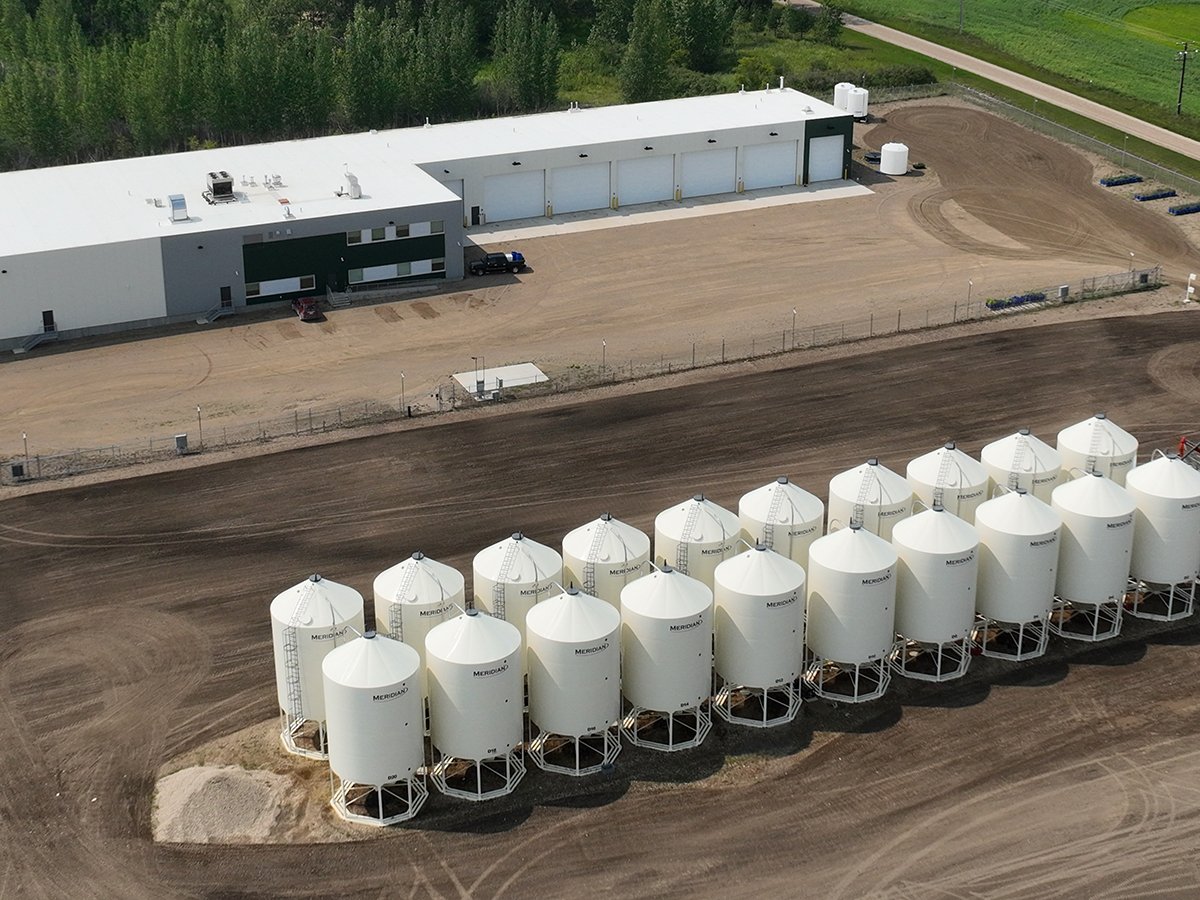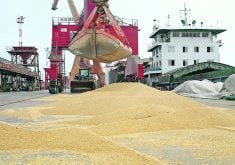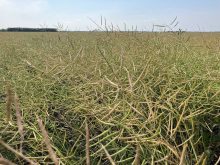SASKATOON — China’s hog herd will likely be shrinking in 2024, but not to the extent that it should, says an analyst.
“China increased its pork output in 2023 to a near-record level,” according to the Dim Sums blog.
“But prices plummeted, indicating the market didn’t want that much pork.”
Read Also

Saskatchewan firm aims to fix soil with compost pellets
In his business, Humaterra, Leon Pratchler is helping farmers maximize yields in the weakest areas of their fields through the use of a compost pellet.
China produced 57.94 million tonnes of pork in 2023, the largest volume since 2014, according to China’s National Bureau of Statistics. It was a 4.6 percent increase from 2022 levels.
The 726.6 million hogs slaughtered was the third highest amount ever recorded, according to Dim Sums, which is an anonymous blog.
However, hog prices fell 14 percent during 2023 and were down 31 percent year-on-year in the fourth quarter.
“The drop in price tells us that Chinese farms produced more hogs than the market wanted,” said Dim Sums.
Gro Intelligence said China’s economic slowdown is hurting consumption of meat products.
“China’s livestock industry is under pressure, with negative producer margins generating losses for both hog and broiler chicken producers,” the company said in its 2024 Watchlist publication.
Gro is forecasting that meat consumption growth will slow in the country after increasing by 3.6 percent in 2023.
“As a result, China’s meat import volumes are facing downward pressure,” said Gro.
It will also have a big impact on grain and oilseed demand. Soybean imports, which reached a record 100 million tonnes in 2023, will likely be flat to lower this year, stated Gro.
Corn imports are also unlikely to increase significantly after higher acres and favourable yields boosted China’s production in 2023-24.
Rich Nelson, chief strategist with Allendale Inc., said China began 2023 with 44 million sows. The latest estimate is 41.4 million.
“The good news is they finally have dropped these numbers enough to probably start stabilizing prices in the coming months,” he said.
Nelson expects the country’s pork production numbers will drop by spring or early summer and that will ease price pressure.
The reduced hog herd might make it difficult for China to meet the USDA’s target of 102 million tonnes of soybean imports in 2023-24.
However, Nelson doesn’t think it will have much impact on wheat and corn imports because there is a clear domestic shortfall in those crops, and hog producers have shifted to using lower protein rations in recent months, which benefits corn and wheat.
Dim Sums said China’s hog prices are below the cost of production, a sign that the industry should indeed be entering a contraction phase.
“However, government officials and state banks have been ordered to backstop companies with unlimited credit, so there is little market discipline for overproduction,” it said.
Twenty-two of 32 publicly listed hog companies lost money during the first three quarters of 2023.
Dim Sums reports that an analyst quoted in a story published by Jiemian News said the industry needs to shed 10 percent of its production capacity, but there will likely be only a five percent reduction.
“There is little hope of a rebound in price,” stated Dim Sums.
Any downsizing will likely occur on the small, independent farms that have less access to credit.
Dim Sums noted that the U.S. hog industry is also in “downsizing mode,” likely due to plummeting pork sales to China.
Contact sean.pratt@producer.com
















